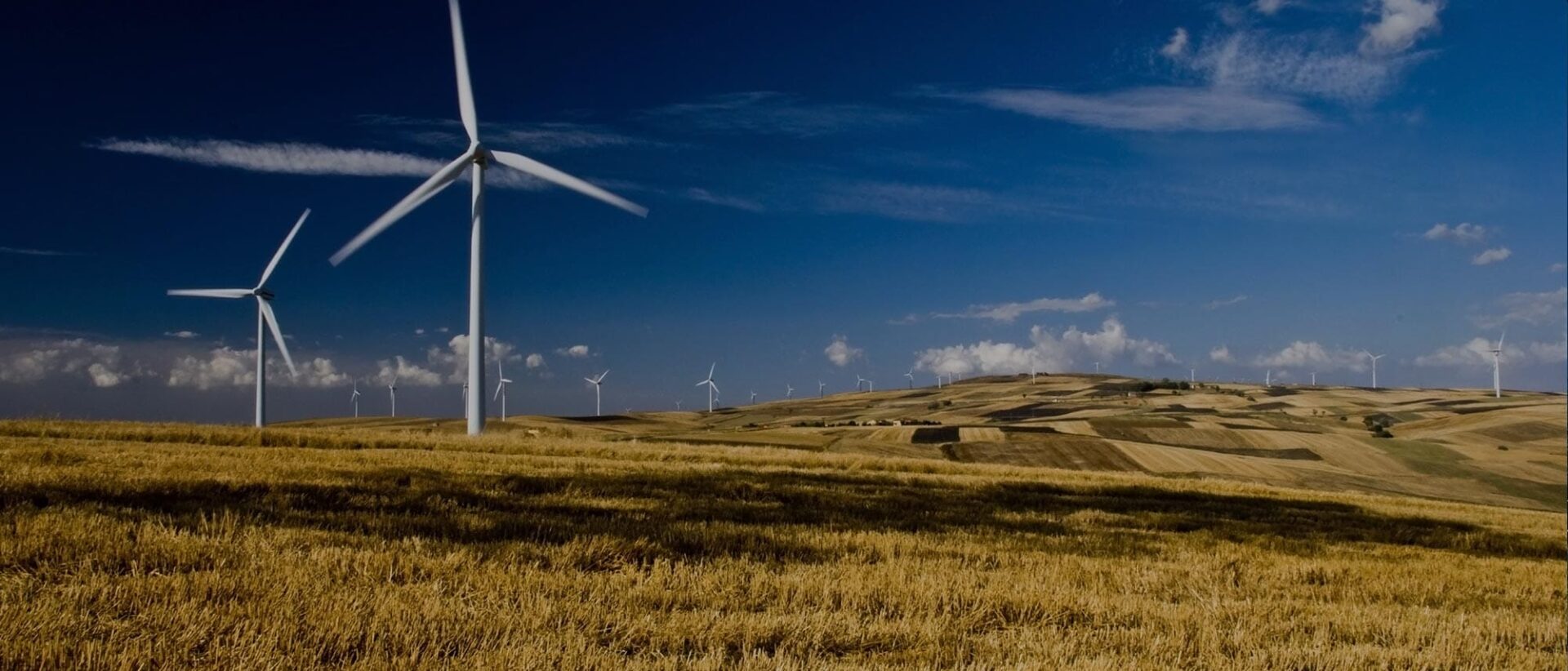This activity is part of the services that Tecsa offers in the field of environmental analysis and in the development of studies and evaluations to reduce the impact on the environment in support of the requirements of Legislative Decree 152/2006 and subsequent amendments and additions.
These activities generally include the following studies:
- analysis and measurement of the air quality of industrial sites and the water used by them;
- acoustic impact assessments, including predictive ones;
- assessments, including forecasts, of air pollution (also in relation to vehicle traffic);
- analysis of the subsoil (stratigraphy, aquifers, etc.);
- risk analysis of the dispersion of pollutants in the air over areas with a particular topography/chorography and study of warning and emergency procedures to be adopted in areas of high population density;
- analysis of the accidental formation and dispersion in river or sea water or on the ground of chemical and/or oil products;
- elaboration of thematic maps related to flora, fauna, land use;
- environmental impact studies of new integrated oil and chemical plants and/or modifications of existing ones;
- environmental screening;
- environmental scoping;
- environmental audits and preliminary environmental analyses;
- support for the preparation of ISO 14001 and Emas Environmental Management Systems;
- preparation of the documentation supporting the Application for Integrated Environmental Authorisation (AIA) and the Single Environmental Authorisation (AUA), and specialist assistance in the context of the contradictory procedure with the Authorities.
In recent years TECSA S.r.l. has also specialised in the development of LCA models and studies. Through LCA analyses it is possible to proceed with the optimization of processes with particular reference to the management of resources and the improvement of company efficiency, especially in relation to the company’s environmental objectives.
The models are developed using specialised calculation codes that have become international standards or, in more complex and less standardised cases, using specific routines created ad-hoc with special simulation tools. The models and the results deriving from the simulations conducted are presented through the use of easily comprehensible graphic notations and generally through Sankey diagrams, relating the flows of materials, energy and costs associated with them with graphic evidence and links proportional to their significance. The models are validated on the basis of the historical and operational experience of the site under analysis through the analysis of the entire complex of data available also using “business intelligence” methods and tools; the company processes are elaborated in a suitable form for the introduction in the overall simulation model downstream of an extensive mapping campaign conducted through specific planned audits that also include the detailed analysis of operational and production manuals. Once the consultancy activity has been completed, TECSA S.r.l. releases the simulation model and trains the Customer’s company resources in order to transfer the analysis tools to the Customer so that the latter can become autonomous in monitoring its own performance over time using consolidated methods and advanced reporting tools, as well as in introducing minor modifications that may be necessary in the face of changes in company processes.


